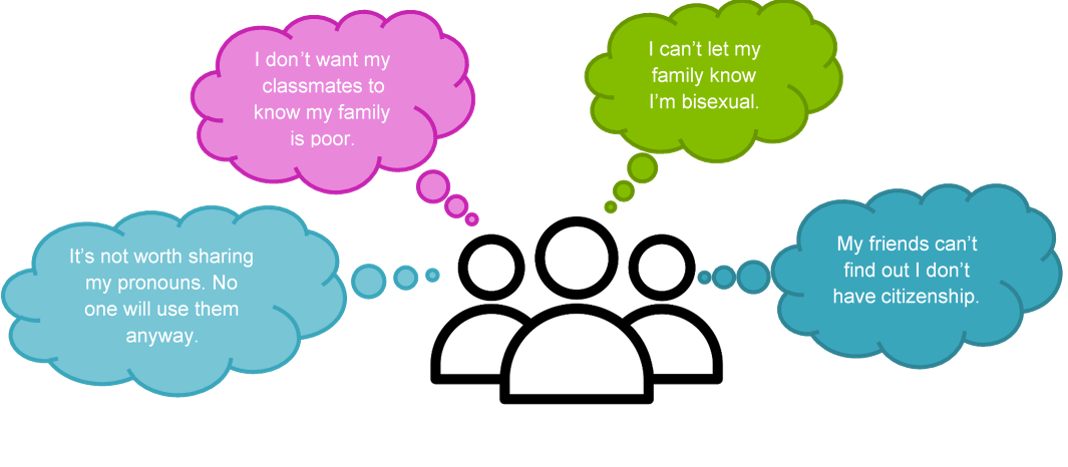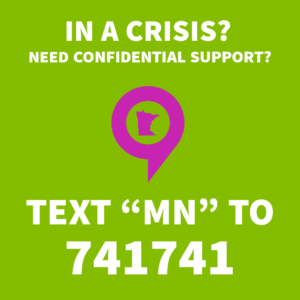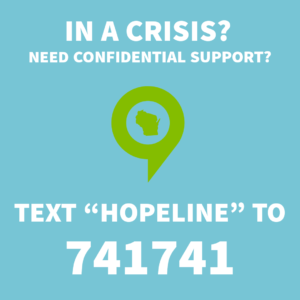How Do You Identify Yourself?
Learning how to identify yourself and how to share your identity with others is a part of growing up. Identity formation is a different process for everyone. No matter where you are in your journey, sharing how you identify with others can help you gain confidence and grow as a person.





 Pinterest
Pinterest  Instagram
Instagram 

